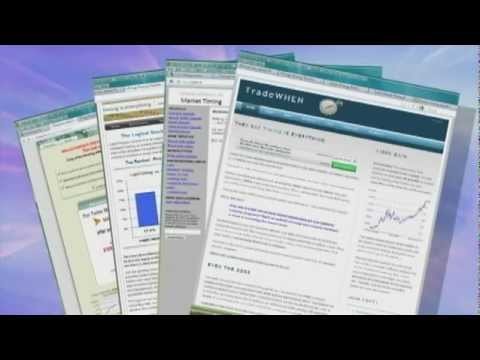Mutual Fund Investing The bargain inside your 401(k)
Post on: 28 Март, 2015 No Comment

How do fees impact 401(k)s?
According to the Investment Company Institute, the years following the downturn of 2008 held both good and bad news for investors in 401(k) plans, the defined contribution plan offered by many larger companies.
The bad news came in the way of harsh realities: no investor is immune to the risks in the marketplace, many of which are beyond the average person’s control.
The good news came in the way of complaints: the cost to investors in these plans was too high compared to the returns and added an additional negativity to the end result of using these plans. In an environment of low returns, every penny suddenly counted.
Where are the bargains in these plans?
It is important to first understand the factors leading to the steady decline in the cost of these plans. In the years leading up to the 2008 downturn, many savers using these plans felt a certain infallibility. No matter how much money these savers seemed to throw at risky investments, the return often justified the action. The cost of many of these higher risk, actively managed mutual funds seemed almost negligible against the out-sized returns they were experiencing.
Fast-forward to a post 2008 world and these same investors, stung by the unexpected losses in their freewheeling investment style have switched to much safer, less risky funds.
Investors were increasingly focused on index funds, on funds that offered a more balanced investment approach and the relative safety of bond or fixed income funds. All of these investments were significantly less expensive.
Weren’t index funds already cheap?
Index funds are a passively managed investment that tracks a published index such as those published by the Standard & Poors Company (S&P), Russell or Wilshire for example. The cost of index funds is already low in part because they do little trading.
Plan sponsors, anticipating investor reactions in a low-fee but perhaps lower-than-expected return environment put pressure on an institutional level to force many of the mutual fund companies servicing these plans to lower those fees even more.
This effort by default also saw the cost of target date and balanced funds decline as well. The ICI refers to these funds as hybrids.

How much of a bargain are these investments?
Ironically, many of these types of funds had slightly higher costs overall than the same (index, target date, balanced or bond) funds offered outside of these plans. This was due to the cost of managing the plan and in part because the plan provider didn’t see any reason to lower costs to what was considered a captive audience.
Plan sponsors put pressure on the providers to rearrange what was offered in their plans to address investor complaints and the potential for litigation is they failed to do so.
How did these plans adjust their offerings?
Plan sponsors approached the problem from several ways. Front-load and back-loaded mutual funds were more or less eliminated from numerous plan offerings. No-load funds were made less costly or replaced by index funds or hybrids. Auto-enrollment, the act of placing new employees automatically in these plans and almost always in a target date fund also helped. Skittish investors also began considering more fixed income mutual funds as they closed in on retirement age, something they may not have done in a pre-2008 marketplace. This created an average drop in fees of 2 basis points (0.02%) across all fund types.














